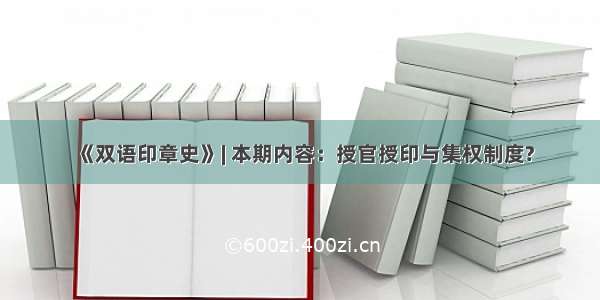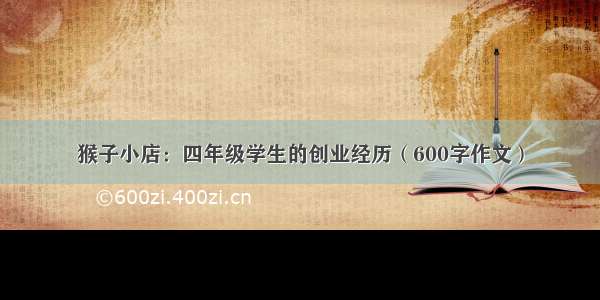
(-03-09)
玺印功能的泛化
Expansion of Seal Functions
作为官私凭信的玺印,本身即具有广泛的社会功能。在演进过程中外延不断扩展,多样的人文因素渗入印章,使中国玺印参与了社会政治、经济、文化的全部历史进程。这也是中国玺印的显著特色。
As both official and private means of authentication, seals had extensive political properties and social functions. The constant expansion of their applications also introduced a variety of cultural elements. The history of seals is one that involves all the processes in society, politics, economy and culture. This is another clear feature of seals.
代表职官地位与官署公权力的官印,以及作为自然人身份证明与信用的私印,是中国玺印的主体。但在漫长的发展过程中,来自玺印原始属性的孑遗和功用不断衍化两个方向的因素,一些非凭信的品类始终与凭信为主体的玺印不离不弃,表明了“玺印模式”在社会生活中的延伸。它们在本质上是玺印的附类,但在习惯上始终被置于玺印体系之内。另一部分则是玺印功能的扩展和转化。这些品类保存了诸多特殊的社会文化与艺术信息。
The majority of Chinese seals were either official seals representing the power and status of office-holders, offices and agencies, or private seals functioning as the means of identification and authentication of individuals. However, in the long development process of seals, certain non-authentication seal types always coexisted alongside the majority authentication types. Two factors account for this, namely the remnants of the primitive properties of seals and the constant evolution of their functions. This indicates the extended functions of seals in social life. The following types are just variations, but they carry much social, cultural and artistic information.
吉语印
先秦时代出现了祈祷祥祯和寄托理想化生活意愿的吉语印,在汉代往往与姓名私印相揉和。
Seal with auspicious words
Seals with words praying for auspice and blessing and expressing hopes for an ideal life emerged in the pre-Qin Dynasty Period. In the Han Dynasty this form was often adopted for private name seal.
箴言印
镌刻劝诫、励志一类词语,作为个人的修为方式,是当时社会注重自我品格塑造的表现,在战国至秦代十分流行。
Motto seal
This type of seal was carved with words of exhortation or admonition as a way of cultivating character. They were especially popular in the period from the Warring States Period to the Qin Dynasty, showing society’s advocacy of self-cultivation of personal virtues.
图形印
含有表现原始崇拜习俗的神话形象与瑞兽的图形印是秦汉民间印章的一类,题材十分广泛。
Graphic seal
These, a type of folk seal in the Qin and Han dynasty, had mythological figures representing primitive worship customs and some auspicious creatures. There was a very wide range of subjects.
宗教专用印
进入汉晋时代,属于本土宗教的道家法器跻身印章之列,被用于驱逐邪魔的法术。人们相信佩用“黄神越章”还具有护身的意义,宗教意义十分明确。唐代佛教寺院也制作印章,佛寺印与代表佛陀、佛法、僧团的“三宝”印用于佛寺的活动与仪式。
用作随葬之器,是将职官凭证与个人的信物延伸到虚拟世界。古代社会一方面事死如生,相信在另一世界生活也需使用凭信;另一方面,在墓志、立碑方式尚未流行之时,玺印便作为标记死者身份之物。墓葬出土的秦汉玺印无论是属于生前实用之物还是专为陪葬制作的明器,都表明了这一用途的存在。湖南长沙地区近几十年来考古发掘出土一批汉代滑石官印,说明了汉代殉印乃是普遍性的丧葬习俗。这一葬俗,在魏晋以后逐渐消歇,殉印成为偶然现象。
Special religious seals
In the Han and Jin dynasties, certain instruments used by the indigenous religion of Taoism also became seals. These were used in exorcism rituals, for example the “Seal of Huang Shen and Yue Zhang”(黄神越章), which had very specific religious significance. In the Tang Dynasty, Buddhist temples also made seals. The Buddhist temple seals and the Triratna seal representing the Buddha, Dharma and Sangha were both used in the activities and rituals of Buddhist temples.
Another function of early seals that should not be neglected is their use as funerary objects, an extension into the afterworld of their function of authenticating an office-holder or an individual. People in the ancient world treated the dead like the living and believed that they would need a form of authentication in the afterlife. Also, in the period before epitaphs and epigraph steles became common, seals were also used as objects to commemorate and identify the deceased. Seals excavated from Qin and Han dynasty tombs, both those actually used during the deceased’s lifetime and those buried as funerary objects after death, testify to this use. A batch of talc official seals of the Han Dynasty unearthed in Changsha, Hunan Province, proved that funerary seals were generally used in burials in the Han Dynasty. However, after Wei and Jin, this practice gradually died out. Seals used for funeral was rare.
书柬具名印
在纸质文书取代竹木简牍以后,用于书柬具名的印章也随之出现。不同的表敬用语,钤用于中国古代不同的文体和不同的表达对象,是魏晋以来文人阶层讲究书简程式与礼仪的表现。在宋元社会动荡的时代,祝祷平安、怀乡思亲的书信用语多见于印章,藉以表达深切的人伦情感。这些印记的内容孕育了篆刻艺术的文学性格。
Correspondence name seal
The replacement of bamboo and wooden slips and tablets by paper documents and letters brought about the emergence of seals used to make imprints at the end of correspondence. Different salutations on these seals were used according to the recipient, and also according to different stylistic genres. This reveals the emphasis among post-Wei and Jin intellectual classes upon formality and etiquette in correspondence. At the time of social turbulence during the Song and Yuan dynasties, sentences used in letters to pray for peace and to express longing for one’s native place and family were also found on seals, revealing strong affection for family and friends. These seal imprints were predecessors of seals that had features of scholar seal engraving.
收藏专用印与书斋名号印
作为文人收藏图籍的标志和个人书斋印记,是印信功用的细化,其参与精神文化生活的意义突出,后者凭信的性质已趋于弱化。
Collection seal, studio name seal
These seals were used to mark collected books or art works and personal studios of scholars. They form a particular and special category. They have an obvious involvement with the life of culture and the mentality, but their authentication properties have become weaker and less clear.
功用的扩大与应用的普遍性与持久性,使得中国古代玺印形态构成诸因素的审美意义被充分强化。元明时代玺印作为凭信虽然还没有走完它的历程,但文人篆刻艺术已在其母体中发育,直至普世意义的印章内涵被完全置换而形成纯艺术的类型。中国的印章与世界其他地区古代印章由共同的起源背景与原点出发,最后却走向全然不同的发展方向。
The expansion of the functions of seals and their general and sustained long-term use brought about a comprehensive strengthening of the esthetic significance of the component parts of ancient seals. In the Yuan and Ming dynasties the role of seals as a means of authentication had not yet come to an end. However, seal engraving, a scholar art, had already started to grow in this period. Finally the connotations of seal in the universal sense was replaced completely by one of pure artistic value. Although Chinese seals originated from the same background and starting point as those of the ancient seals in other regions in the world, they ended up developing in a completely divergent direction.
本文节选自孙慰祖:《中国印章-历史与艺术》,外文出版社,。
Sun Weizu: The History and Art of Chinese Seals, Foreign Languages Press,
责任编辑:戴梦岚
您的转发与点赞是对我们工作的最大鼓励!
















